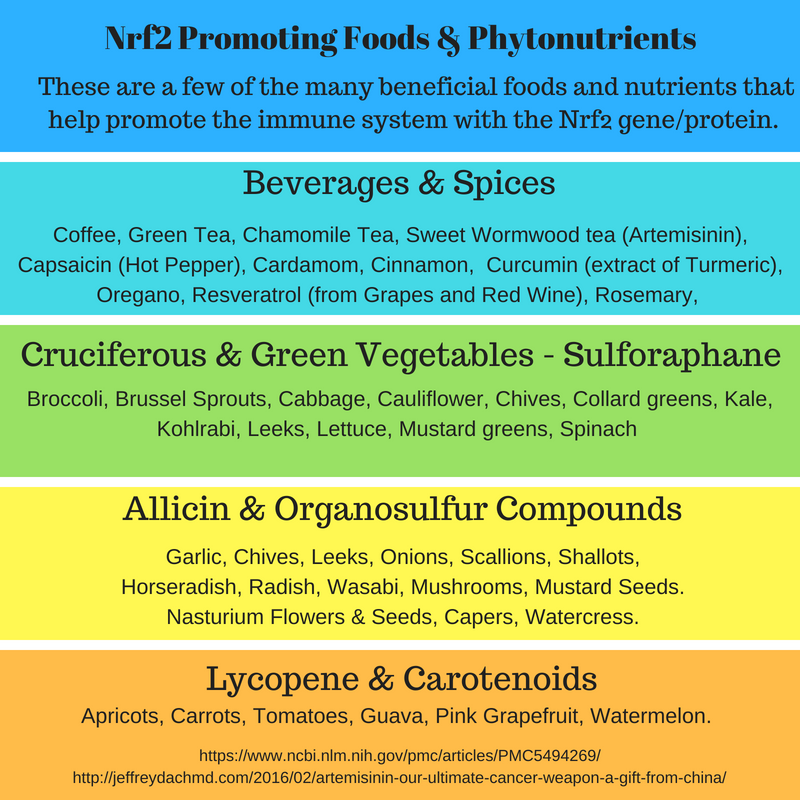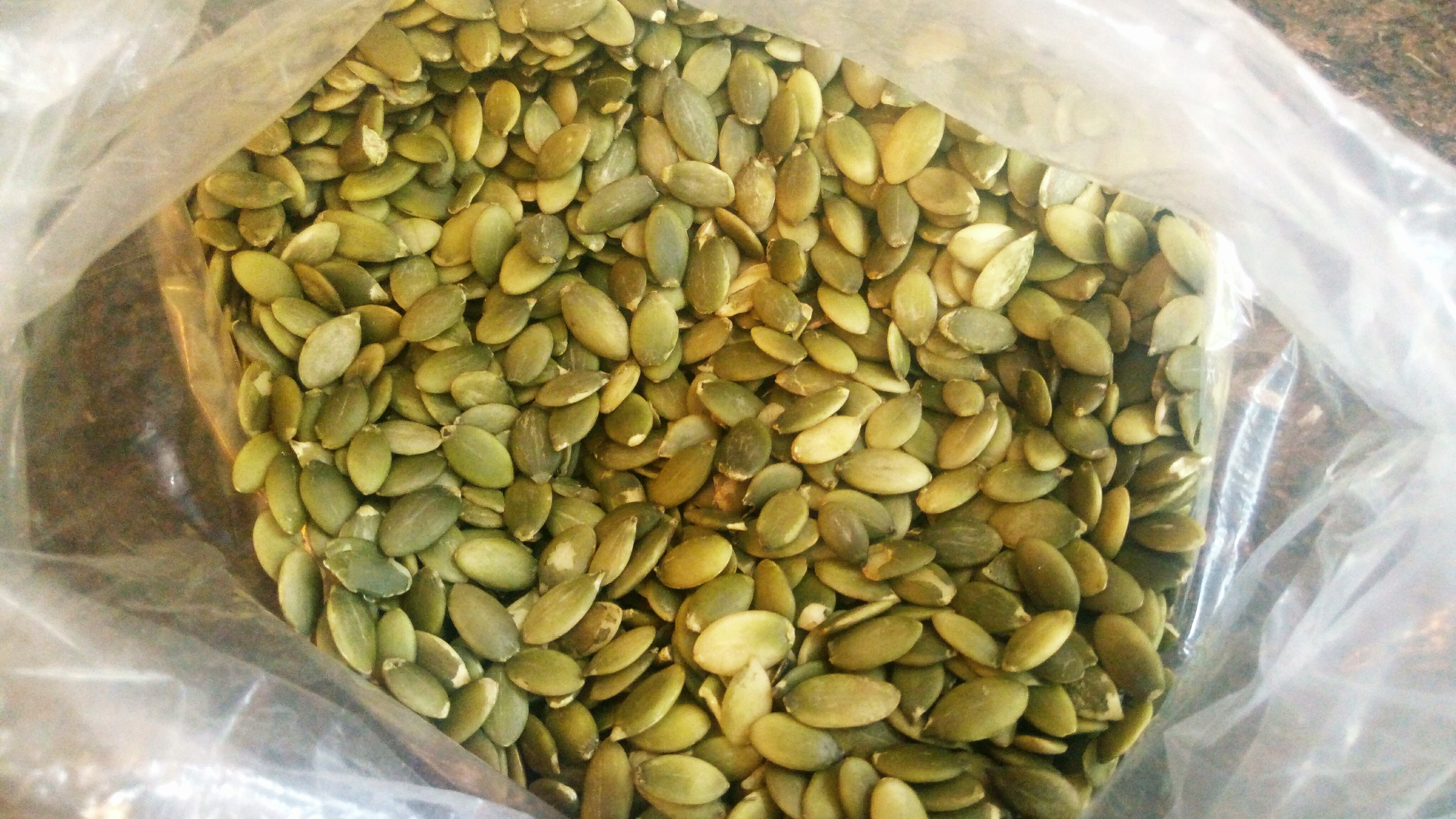The mechanism involved in why NSAID medications like ibuprofen have been found to not help with treatment of COVID19 and may worsen the patient’s health instead has not been stated, however it likely involves COX1 and/or COX 2 inhibition.
NSAID medications (like ibuprofen and aspirin) or phytonutrients that act like NSAID medications (like wintergreen berries which contain methyl salicylate, chemically similar to aspirin, (3)) can be a cause of edema due to the COX 1 and COX2 inhibition effects of the drug. (1) The COVID19 virus is known to cause lung edema even in the early stages of the infection process before the symptoms are obvious. (2)
*Addition, an CDC/MedCram Update: Coronavirus Pandemic Update 40: Ibuprofen and COVID-19 (are NSAIDs safe?), trials of HIV medications, (7), includes the mechanism and controversy. Ibuprofen’s inhibition of COX2 would lead to a reduction in antibody production which wouldn’t help fight an infection, but it might also inhibit viral replication – net result, not sure whether to recommend using or not using it. Too large a dose might increase risk however. Aspirin has more activity than COX2 inhibition so it might be more of a risk for causing lung edema, especially if taken in large quantity. In the flu pandemic of 1918 a large increase in death rate occurred shortly after aspirin, a new medication at the time, was being recommended and in doses that are far larger than would be typically used now. (7)
(I was eating wintergreen berries in quantity,* 1/8-1/4 cup when I had problems with leg edema. They are botanically related to cranberries and are similar in tanginess and texture but taste like wintergreen/mint when raw. The wintergreen flavor isn’t retained after being cooked. *Don’t try this at home. ;-)
Antioxidants can also be COX2 inhibitors (4) which can also be a cause of edema. Larger doses of a NSAID medication or phytonutrient would be more likely to cause fluid and sodium retention by the kidneys and lead to swelling due to edematous fluid build up in extracellular areas of the body. Non-selective NSAIDs inhibit both COX1 and COX2 and selective NSAIDs were developed that only inhibit the COX2 enzyme. (5)
We do need extra antioxidants during stress and infectious processes because the body is using them in greater quantities. We would also likely not be able to make as many of our own internally because our bodies would be dedicating more effort to making inflammatory cytokines to fight the infection. Too many inflammatory cytokines can become a problem though and providing extra antioxidants in the diet can help protect the body during conditions of infection such as a severe influenza. (6)
Dose makes the cure, dose makes the poison.
/Disclaimer: This information is provided for educational purposes within the guidelines of fair use. While I am a Registered Dietitian this information is not intended to provide individual health guidance. Please see a health professional for individual health care purposes./
Reference List
- J. Depew, Pomegranate extract update – has similar mechanism to NSAIDs, Aug 3, 2018, transcendingsqure.com, https://transcendingsquare.com/2018/08/03/pomegranate-extract-update-has-similar-mechanism-to-nsaids/
- The ASCO Post Staff, Pulmonary Pathology of Early COVID-19 Pneumonia Identified Retrospectively in Two Patients With Lung Cancer, ascopost.com, March 5, 2020 https://ascopost.com/news/march-2020/pulmonary-pathology-of-early-covid-19-pneumonia-identified-retrospectively-in-two-patients-with-lung-cancer/
- SpinSolve, Traditional Undergraduate Experiment: Synthesis of Aspirin. magritek.com, http://www.magritek.com/wp-content/uploads/2015/03/Lab-Manual-Synthesis-of-Aspirin-web.pdf
- Laube M, Kniess T, Pietzsch J. Development of Antioxidant COX-2 Inhibitors as Radioprotective Agents for Radiation Therapy-A Hypothesis-Driven Review. Antioxidants (Basel). 2016;5(2):14. Published 2016 Apr 19. doi:10.3390/antiox5020014 https://www.ncbi.nlm.nih.gov/pmc/articles/PMC4931535/
- Raymond C. Harris and Matthew D. Breyer, Update on Cyclooxygenase-2 Inhibitors. CJASN March 2006, 1 (2) 236-245; DOI: https://doi.org/10.2215/CJN.00890805 https://cjasn.asnjournals.org/content/1/2/236
- Liu Q, Zhou YH, Yang ZQ. The cytokine storm of severe influenza and development of immunomodulatory therapy. Cell Mol Immunol. 2016;13(1):3–10. doi:10.1038/cmi.2015.74 https://www.ncbi.nlm.nih.gov/pmc/articles/PMC4711683/
- Roger Seheult, MD, Coronavirus Pandemic Update 40: Ibuprofen and COVID-19 (are NSAIDs safe?), trials of HIV medications. CDC/MedCram.com https://youtu.be/dT6mHi_8V5E


